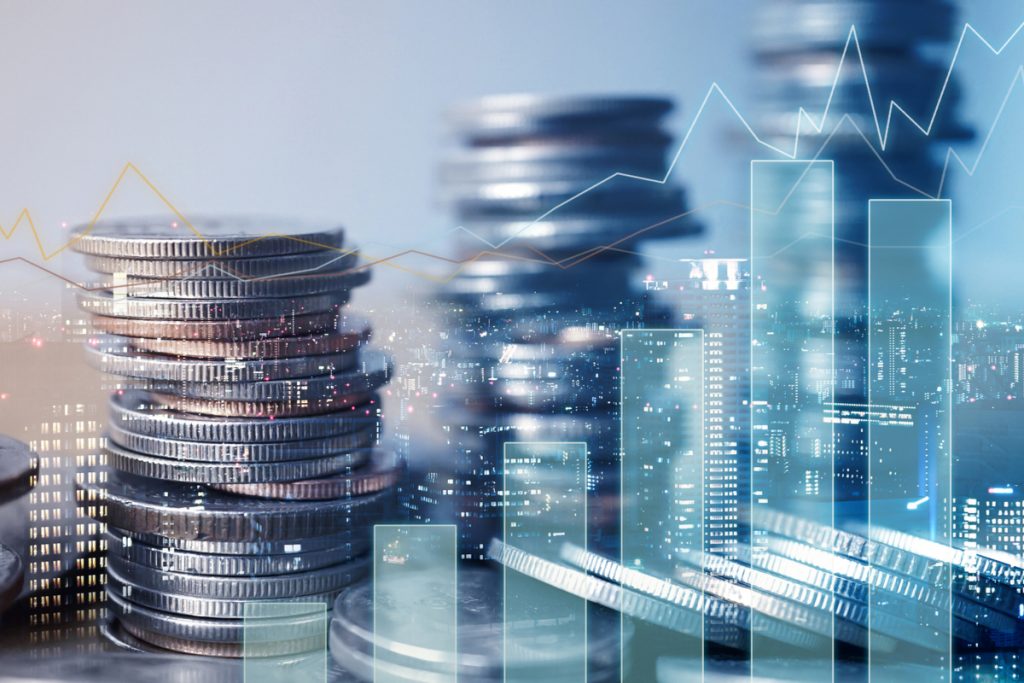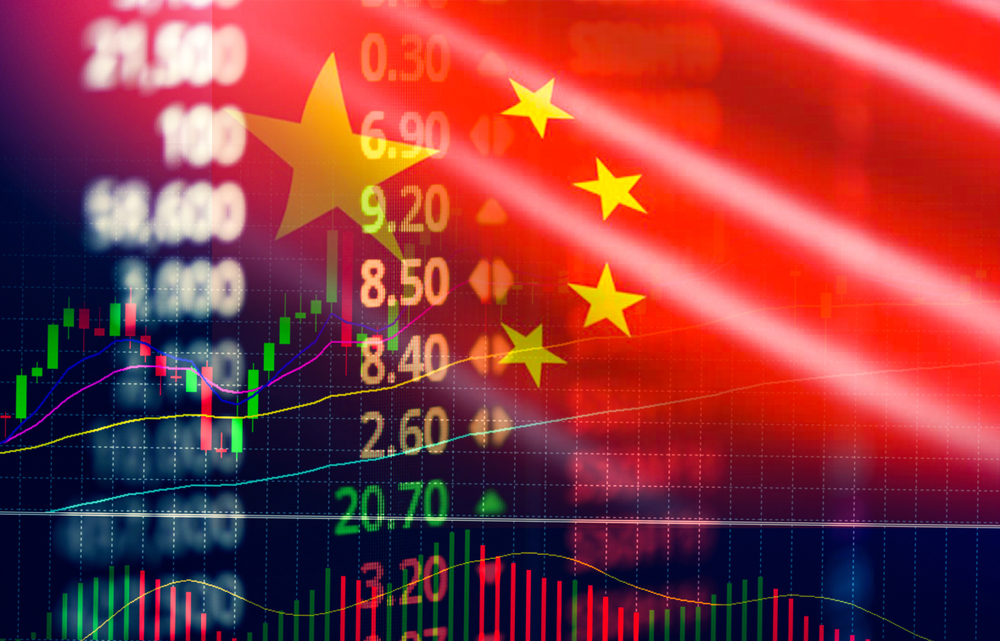Quarterly Investment Outlook Q2 2020
At our Investment Committee meeting in the first week of January we discussed amongst other things the heralded resolution of the trade war between the US and China, the fact that the US Federal Reserve was printing more money, and the renewed optimism that came from a stable government here in the UK. Cautious bullishness on risk assets was the tone of the meeting. Looking back at our discussion documents from that meeting, our ‘Wall of worry’ chart which details the things which we consider to be possibly obstructive to stock market gains, did not even mention Coronavirus. In other words, we have experienced a true ‘Black Swan’ event. Global stock markets fell by 20% over the first quarter (around 15% for a Sterling based investor) having lost as much as 32% by mid-March. Gold performed its role as a safe haven rising 12% in Sterling terms, whilst Gilts rose by over 6%.





















